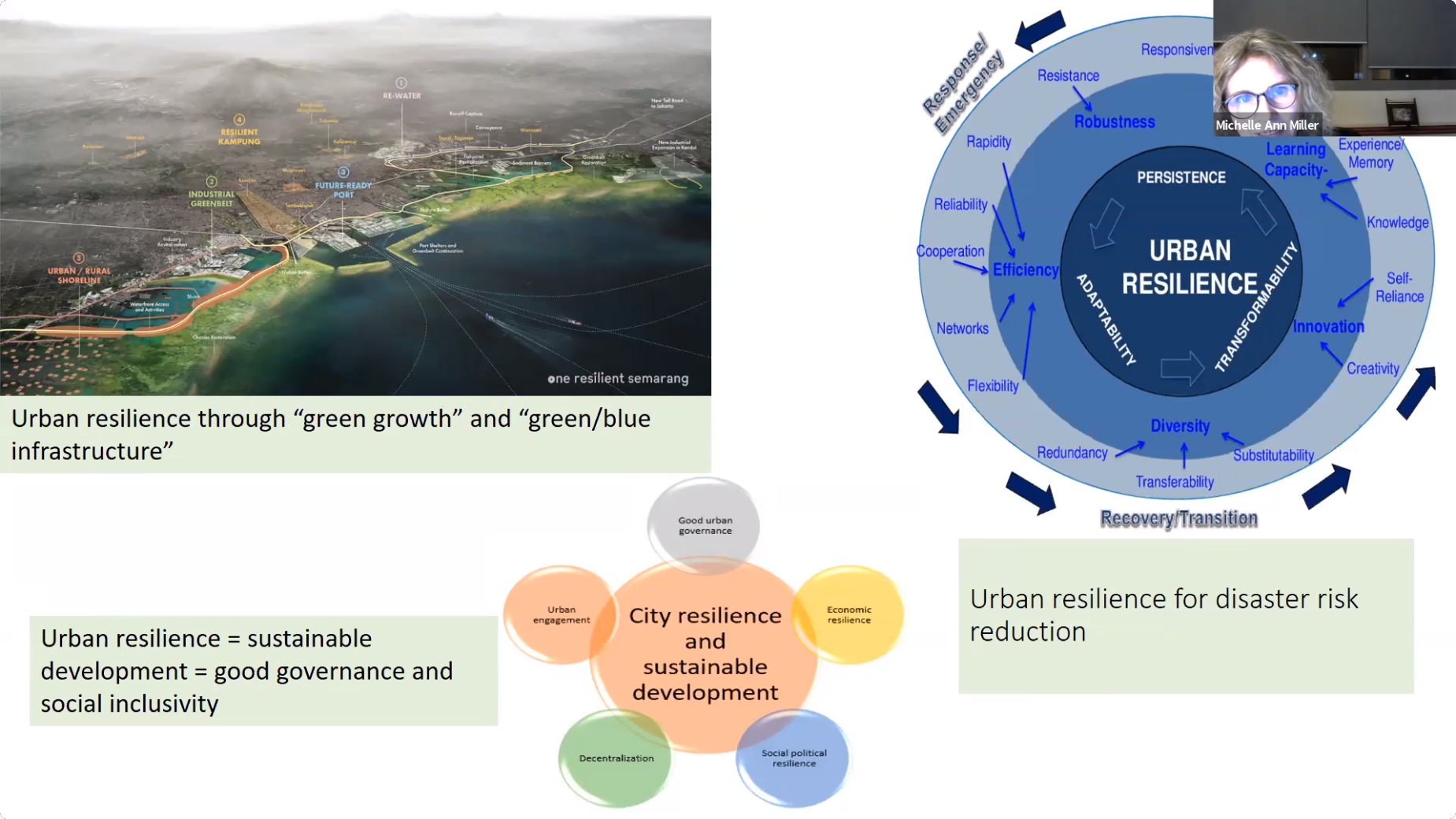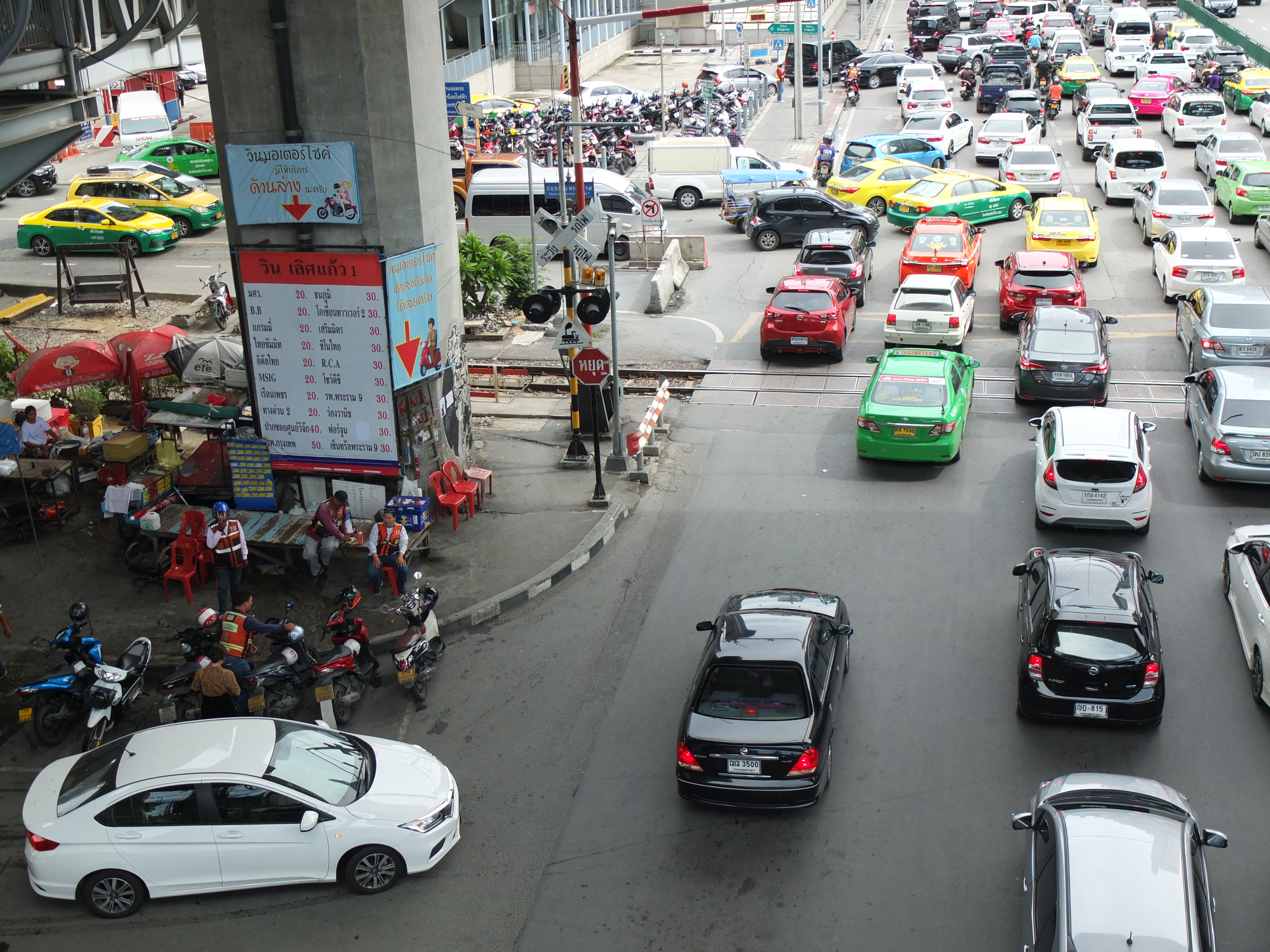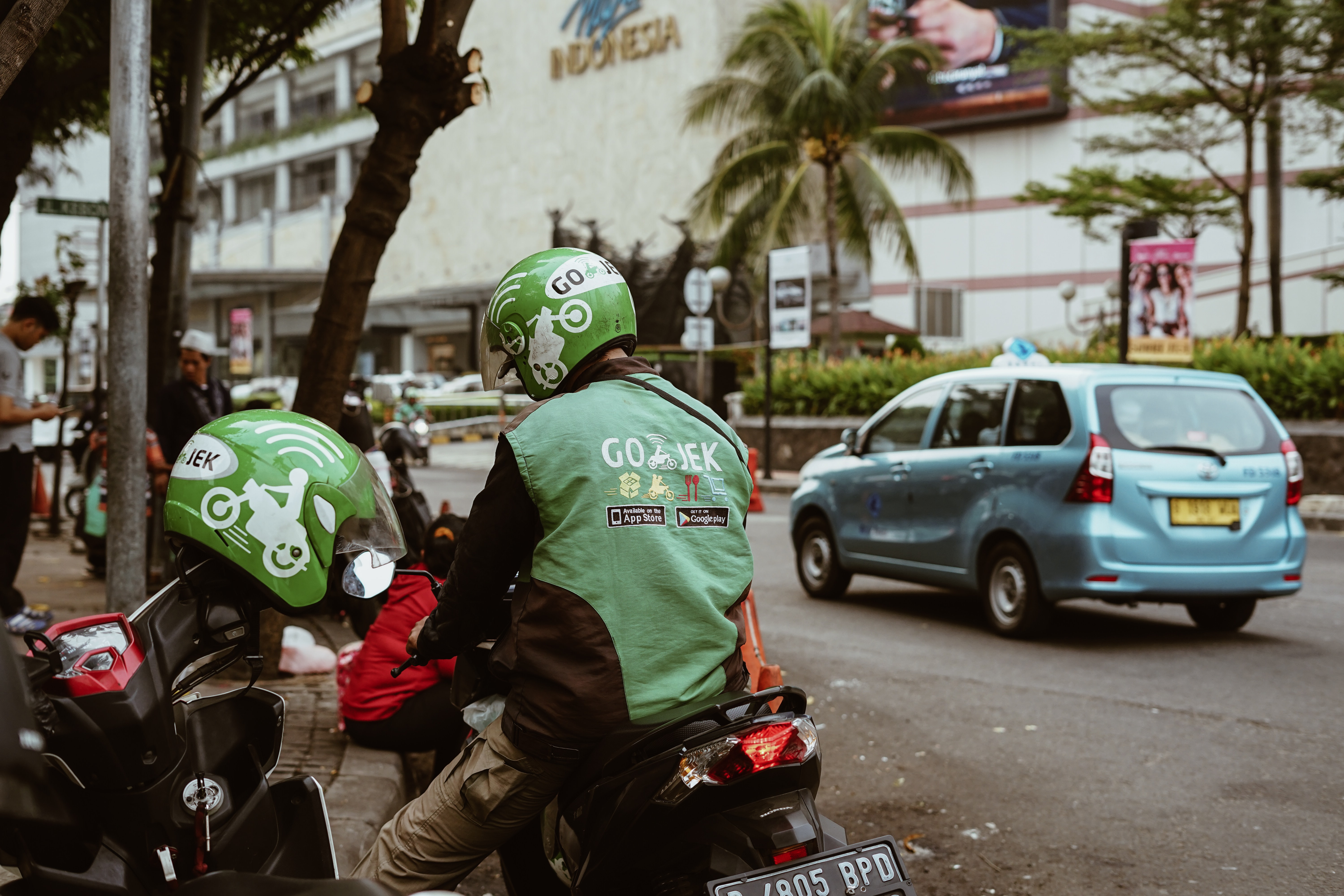Despite Manila’s role in the weave of trade routes that criss-crossed the South China Sea and beyond, little is known about how this Asian-Pacific trade was financed. It is here that lies one of the most significant aspects of the Transpacific trade, for contrary to the European and (later) North American direct trade with Asia, which were financed from Amsterdam, London, or Boston, Manila’s trade with Spanish America was financed from the Asian terminal of the exchange, writes Juan Jose Rivas Moreno
_______________________________________________
One of the few topics in Economic History that resonates with equal familiarity to both the expert and the layman is the role of the chartered joint-stock company in establishing sustained European trade with Asia in the Early Modern period. The commercial success of the Dutch (VOC) and English (EIC) companies was only paralleled by their territorial expansion, which laid the foundations of the British Raj and the Dutch East Indies. This has often led to a triumphalist approach to the history of the European Early Modern joint-stock company. As a result, the East India companies have been hailed as the origin of the modern business corporation (Harris 2020), as the only organisational model capable of solving the litany of challenges posed by long-distance trade in an age when Shakespeare and Cervantes were still writing (Gelderblom & Jonker 2004), and even as the only way through which to maintain substantial trade between Europe and Asia (Emmer 2014).
The apparent success of the joint-stock company is not only evidenced by their eventual conquest and submission of the local Asian polities. Of almost equal importance is the all-too-evident triumph of the English and Dutch companies when compared to the failure of those that came before them: the Iberian empires of Portugal and Spain. One can point to the VOC’s expulsion of the Portuguese from a large portion of Asia as proof of the inherently superior organisation that was the joint-stock corporation. This was precisely Niels Steensgaard’s assertion. Steensgaard argued for the chartered joint-stock company as a more efficient way to internalise protection costs, which in turn represented an evolutionary step in the right direction (Steensgaard 1973). This model was dubbed by Subrahmanyam and Thomaz as “institutional Darwinism”: the emergence of the joint-stock company meant that other competitors had to adapt or disappear (Subrhamanyam & Thomaz 1991).
Given the supposed superiority of the joint-stock company, we may wonder why others refused to adapt, and why did seemingly “obsolete” organisational models persist. A case study that at the time represented an alternative way of conducting long-distance trade with Asia was the direct Transpacific trade that connected Asia with Spanish America through the city of Manila. For 250 years, the Manila trade was the only route to persistently cross the Pacific in the Early Modern period, providing an outlet for Asian goods in exchange for silver specie. Most importantly, Manila developed an alternative path to long-distance trade with Asia. A path that did not rely on creating new institutions like the joint-stock form, but on adapting instruments and vehicles inherited from previous eras to the context of Asian trade, with the purpose of playing its advantaged access to silver.
A Match made in Heaven
During the Early Modern period, European direct trade with Asia had to be settled with silver specie. The reticence of Asian consumers to accept any goods other than silver are well documented, as are the insistent attempts of the East India companies, especially the English, to substitute cash remittances to Asia with European goods, always without major success. The reliance on silver shipments from Europe at times led to worries at home that the Asian trade would deplete the continent of its precious metals, and throughout the entire Early Modern era obtaining enough working capital in Asia remained a problem for the East India companies.
The persistent shipments of silver to Asia were the result of the large demand for it east of Cape of Good Hope. At the turn of the 16th century, China and India were probably the most advanced economies in the world, yet they lacked meaningful sources of silver. Japan and Persia provided significant quantities of the metal, but their export virtually came to an end at the start of the 18th century, and even at their peak they paled in comparison with Spanish America. Europe had exported precious metals eastwards since Roman times, if not earlier, but the exploitation of rich silver deposits in Mexico and Peru significantly altered the volumes of silver traded across the globe. From 1501 to 1810, Spanish America is estimated to have produced around 80% of the world’s monetary stock (Irigoin 2020).
Most of America’s silver production made its first landfall in Europe, as Americans purchased the consumer goods brought to them each year from the galleon convoys. Therefore, silver was relatively abundant in Europe, but it easily made its way east, where it could fetch a higher price. American silver permeated Europe’s long-established trade routes, circulating through Italy to the Levant and further East. The English East India company purchased silver in the open market for shipment to Asia, while by the second half of the 17th century the Dutch company fleets waited outside Spanish ports to siphon off American silver straight to Asia. Whatever the channels, during the Early Modern era most of the world’s silver that ended up in Asia was produced in Spanish America (Gunder Frank 1998).

The Cape route of silver to Asia, however, implied plenty of intermediation from many agents, American, European, and Asian. An alternative route existed that directly linked American silver production with Chinese demand: the Transpacific route that was effectively opened with Legazpi’s conquest of Manila in 1571.
Manila became the middleman of a match made in heaven. From 1571 until the termination of the Galleon line in 1815, an estimated annual volume of 2-4 million pesos (between 50-70 tons of silver) crossed the Pacific to Asia (Flynn & Giráldez 1995, Bonalian 2012). For most of this period, Manila was the largest provider of silver specie to China along with Tokugawa Japan, until the end of the 17th century witnessed the reduction of Japanese exports, and the second half of the 18th century the explosion of European trade with China through the Canton System (although much of it were also re-exports of silver from Manila and elsewhere in Asia aboard country trade vessels). In short, Manila was not only another hub of European trade in Asia like Madras or Batavia. It was a specialised provider of silver specie in Asian waters, coveted alike by Chinese and Indian merchants and European joint-stock companies, as it was the route with least transport and intermediation costs to bring silver to Asia.
Despite Manila’s role in the weave of trade routes that criss-crossed the South China Sea and beyond, little is known about how this Asian-Pacific trade was financed. It is here that lies one of the most significant aspects of the Transpacific trade, for contrary to the European and (later) North American direct trade with Asia, which were financed from Amsterdam, London, or Boston, Manila’s trade with Spanish America was financed from the Asian terminal of the exchange. Manila had the most direct access to the silver of Spanish America, and its capital market evolved to play this advantage.

The Capital Markets of Manila
Since its inception, Spanish settlers in Manila realised the large profits that could accrue to them from importing silver specie into Asia. This trade had already achieved a large scale twenty years after Legazpi conquered the independent polity of Manila. The drain of American silver through the Pacific instead of the Atlantic represented a potential problem for merchants in Spain that only operated in the latter, which forced king Felipe II to intervene. In 1593, in exchange for restricting the volume of the Pacific trade and circumscribing it to a Manila-Acapulco axis, the king granted Manila the exclusive privilege of trade with America from Asia, granting royal recognition to the Transpacific trade (Schurz 1937).
At first this commercial line was financed in a similar way to that of other Iberian trades. Private individuals offered money through respondentia contracts (known in Manila as correspondencias), while charitable institutions such as confraternities, lay Third Orders, and the important Brotherhood of Mercy of Manila (founded in the last years of the 16th century following the model of the Lisbon House of Mercy, and whose original model harked back to Florence’s 13th century Brotherhood of Mercy) financed the provision of public goods through investments in the land economy. Likewise, respondentias traced their origin in Europe to Ancient Greek and Roman contracts and had been employed extensively in Italian cities to finance the Commercial Revolution of the 13th century (Bernal 1992).

However, this model broke down during the 17th century crisis. This period was a complex and drawn-out process of change, during which systemic events taking place in Europe, America, and Asia resulted in a serious challenge to Manila’s intermediary position, and its capacity to finance the Pacific exchange. The crisis deepened a persistent problem that seriously affected the capacity of charitable institutions to provide public welfare: the lack of investment options in the land. Manila’s intermediary position meant that commodities and manufactures could be bought far cheaper from India and China, especially given Manila’s relatively cheap access to silver. No plantation economy developed due to the impossibility to compete in the market with Asian products. The challenges of the 17th century led to innovative solutions: in 1668, the first legacy fund (known as obras pías) that invested directly in the trade by originating respondentias was opened in Manila. This had two crucial consequences: firstly, financing mercantile operations now increasingly came to be dominated by institutional investors similar to modern investment funds, and secondly, these legacy funds kept paying for the provision of public goods in the city through the profit they accrued from the financial activities, thus directly linking the welfare of Manila to the fortunes of the Transpacific exchange.
This represents an instance in which institutions that had an uninterrupted lineage from Classical times (obras pías also traced their origin to Roman fideicommissum) were successfully adapted to the conditions of intercontinental trade with Asia. The potential of this alternative institutional approach was evidenced by its capacity to transform retained earnings from the Pacific trade into capital in Asia, and its relative ability to incorporate Asian players into the system.
Obras pías that originated respondentias spread like wildfire. While no census of these funds has ever been made, we have managed to produce a partial census of obras pías for the period between 1668 and 1833, rendering 261 identifiable individual funds. Likewise, there are indications that these funds increasingly expanded the amount of capital invested in the trade. While in 1707 the Misericordia managed scarcely 81,587 pesos in respondentia funds, by 1783 this had expanded to 1,037,449 pesos (approx. 28.4 tons of silver) despite several setbacks. In the year of 1809 alone, the combined investment of obras pías in respondentias totalled 3 million pesos (approx. 82 tons of silver). This is far more impressive when we bear in mind that at any time during the 18th century, there were between 15-50 freighters involved in the Pacific exchange, showing the capacity of this institutional framework to exploit Manila’s access to silver. More importantly, since respondentias transferred the risk of loss at sea to the originator, in Manila this implied that the risk of maritime travel over the largest body of water on Earth was deflected to the well capitalised funds rather than to the individual financiers.
The Pacific exchange remained the exclusive privilege of Spanish citizens in Manila, and most obras pías were opened by Spaniards, from archbishops and governors to priests, damsels, and nuns. Yet the Manila trade also involved several Asian players at its core. Welfare from obras pías often financed perks for members of the brotherhoods and Third Orders that managed the funds, and a surviving list of members of the Third Order of Saint Dominic in Manila reveals that approximately 39% of the women involved as members were native. Respondentias originated by Spanish citizens were also used to partially finance the junk trade from Fujian, with Chinese seafarers appearing in the notarial protocols assiduously. Armenians settled in Manila prospered despite occasional hostility from the local Inquisition: two Armenians, Joannes de Zena and Juan de la Cruz Cachic, opened obras pías under the management of the Jesuit Order, and Antonio Piñón even managed to break through the Spanish monopoly of the Pacific exchange and receive lading space in the annual Galleons. Hispanic institutions in Manila could also be adapted to the advantage of Asia communities. Kueh documented how the local Chinese community in Manila adopted a strategy of naming Spanish godparents for their children at birth to insure themselves against deportation from intermittent hostility from Spanish authorities (Kueh 2014).
Eventually, the Manila model came crushing during the Napoleonic Wars and the subsequent end of the Spanish empire in America. The dissolution of the monetary standard of the peso in 1810 inflicted a heavy blow, as one of the mainstays of the Pacific exchange was decimated (Irigoin 2009). Yet, by then, profound changes originating from the 1780s had already affected the way the Transpacific trade was organised. Its eventual demise was as much a consequence of an expanding world that rendered the Manila model – like the EIC and VOC – obsolete (Man-Huong Lin 2006).
Despite its limitations, the Manila model offered an alternative way to intermediate Asian demand for silver. For 250 years, the Transpacific trade succeeded in maintaining this intermediation, developing the capital markets of Manila in the process and cementing its position as a specialised provider of silver specie in Asian waters, while incorporating to an extent a wide variety of players, Asian, European, and American. To what extent Manila’s approach to financing institutional trade had the potential to develop into a diverging path to capitalism, remains an open question that is worth pursuing. In short, the story of the development of capital markets through direct trade with Asia is not exclusively a European story, but one in which Southeast Asia, specifically Manila, has something to say.
______________________________________________
*Banner photo by and copyright of the Author.
*This blog post is based on a paper given at the Association of Business Historians Conference 2022. Juan Jose’s conference attendance was supported by the LSE Saw Swee Hock Southeast Asia Centre PhD Research Support Fund.
*The views expressed in the blog are those of the author alone. They do not reflect the position of the Saw Swee Hock Southeast Asia Centre, nor that of the London School of Economics and Political Science.




